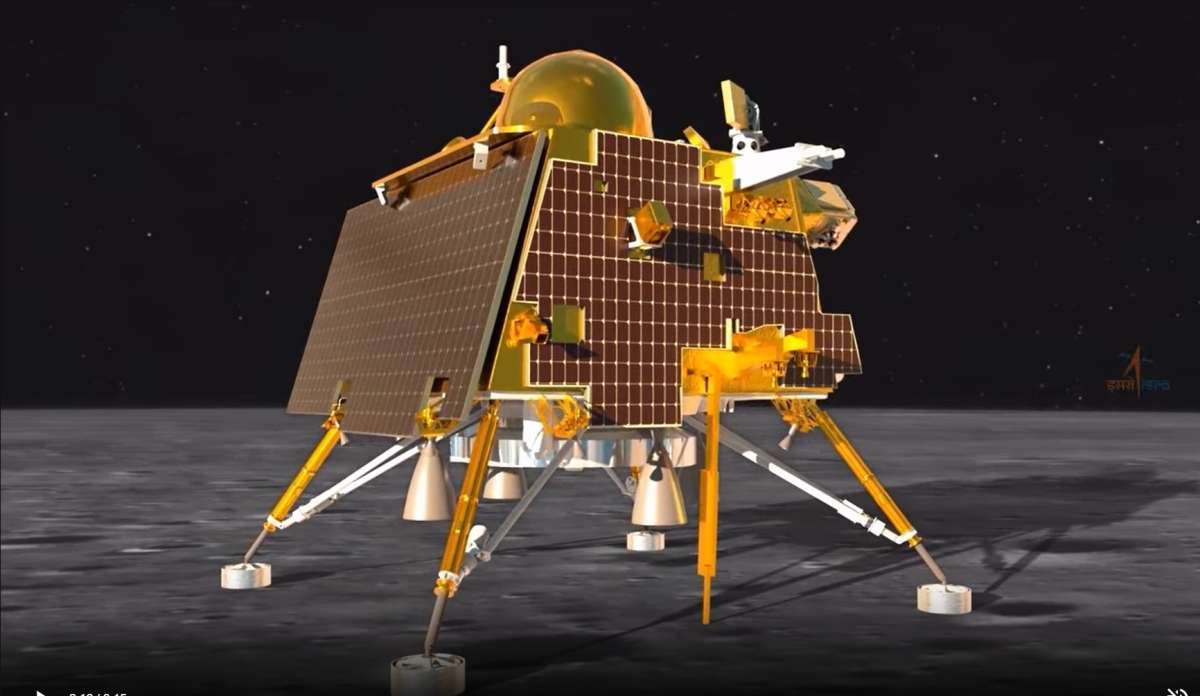Chandrayaan-3: India's Next Leap in Lunar Exploration
India's space agency, the Indian Space Research Organisation (ISRO), has been making remarkable strides in space exploration over the past few decades. One of the most exciting and ambitious projects undertaken by ISRO is the Chandrayaan series, which aims to explore the Moon and expand our understanding of Earth's celestial neighbor. The latest installment in this series, Chandrayaan-3, promises to be a significant leap forward in lunar exploration.
A Brief History of Chandrayaan Missions:
Chandrayaan-1, launched in October 2008, marked India's entry into the field of lunar exploration. This mission was a resounding success, as it discovered water molecules on the lunar surface and provided crucial insights into the Moon's geological and mineralogical composition. Following the success of Chandrayaan-1, ISRO launched Chandrayaan-2 in July 2019. While the orbiter of Chandrayaan-2 continues to study the Moon from its orbit, the lander and rover mission faced challenges during the landing phase.
Introducing Chandrayaan-3:
Chandrayaan-3 is the next chapter in India's lunar exploration journey, building upon the achievements and lessons learned from its predecessors. The primary objective of Chandrayaan-3 is to successfully deliver a lander and rover to the lunar surface, focusing on demonstrating the technological capabilities required for a soft landing.
Key Features and Objectives:
Lander-Rover Configuration: Chandrayaan-3 will consist of a lander and a rover, much like Chandrayaan-2. The lander will serve as the vehicle to transport the rover safely to the lunar surface.
Technological Advancements: Learning from the challenges faced during Chandrayaan-2's landing attempt, Chandrayaan-3 is expected to incorporate improvements in navigation, propulsion, and landing technologies to ensure a successful soft landing.
Scientific Exploration: The rover onboard Chandrayaan-3 will be equipped with scientific instruments to study the lunar surface's composition, mineralogy, and regolith. It will provide valuable data about the Moon's history and evolution.
Water Ice Detection: Building upon the discoveries of water molecules on the Moon's surface by Chandrayaan-1, Chandrayaan-3 might carry instruments specifically designed to detect and analyze water ice in greater detail.
Challenges and Expectations:
The field of space exploration is known for its challenges, and lunar missions are no exception. Soft landings on celestial bodies with varying terrains and gravitational conditions are complex maneuvers that require precise engineering and navigation. Chandrayaan-3 will need to overcome these challenges to achieve its objectives successfully.
Considering ISRO's track record of innovation and perseverance, there are high expectations for Chandrayaan-3. The mission is not only about advancing scientific knowledge but also about demonstrating India's technological prowess on the global stage.
International Collaboration:
Chandrayaan-3 also presents opportunities for international collaboration. Space agencies around the world are increasingly collaborating on space missions to share expertise, reduce costs, and expand the scope of scientific exploration. Chandrayaan-3 could potentially involve collaborations with other countries, further enriching the mission's scientific output.
The Road Ahead:
As of my knowledge cutoff in September 2021, the exact launch date of Chandrayaan-3 had not been finalized. However, it's clear that ISRO's dedication to advancing space exploration continues to drive its efforts. Chandrayaan-3 has the potential to showcase India's determination to explore the cosmos, contributing not only to scientific knowledge but also inspiring future generations of scientists, engineers, and space enthusiasts.
In the grand scheme of space exploration, Chandrayaan-3 represents a significant step forward for India and the world. It's a testament to human curiosity, innovation, and the pursuit of knowledge that transcends the boundaries of our planet. As we eagerly await further updates on this mission, it's certain that Chandrayaan-3 will continue to capture the imagination of people worldwide.

Make an article about aditya L1
ReplyDeleteYes , we will
Delete